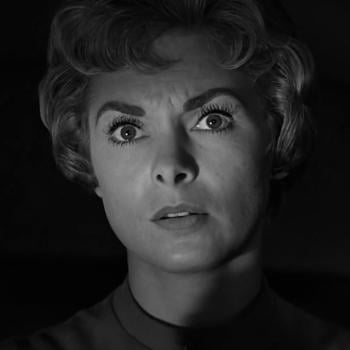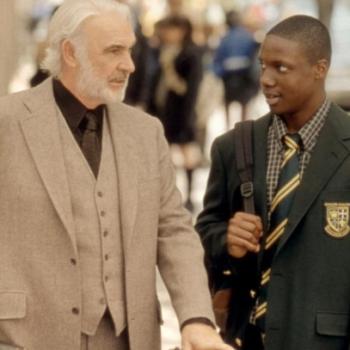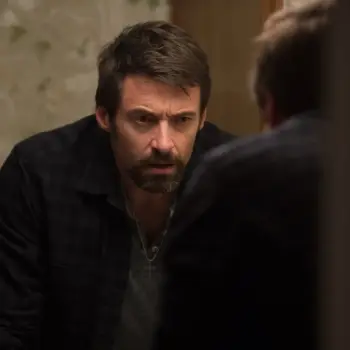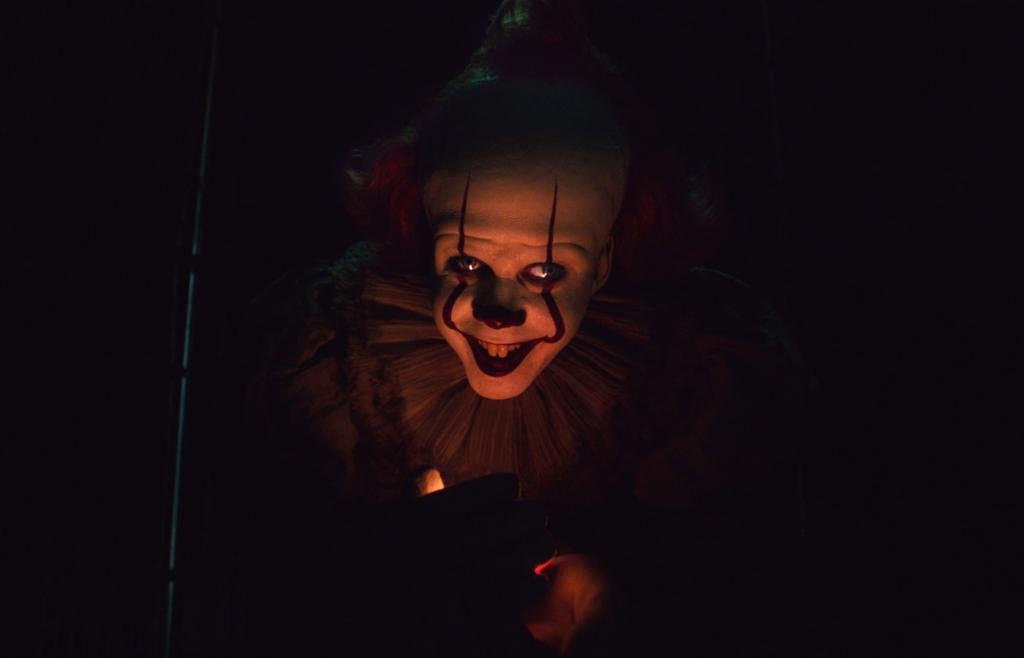
In my piece on “Black Swan,” I confessed that growing up, R-rated films were a sort of forbidden zone for me. By nature, they featured content that felt incompatible with someone devoted to following Christ. One film degree later, I’ve softened this particular stance, as I mentioned. But I won’t deny that I still wrestle with what exactly healthy film viewership looks like.
Media leaves traces on our psyche, for better or worse. Prudence in media consumption is a necessity, and not just for believers. At the same time, a person can’t have a healthy relationship with reality if they dismiss any aspect of life that isn’t G-rated.
Discerning how to reconcile these realities as a film lover has been one of the most complex aspects of my adult discipleship. I don’t pretend to have cracked the code, nor am I trying to pass judgment on how other believers choose to approach media. But today I am going to explore the paradox of spiritual enrichment through a pair of films that are wall to wall with uninhibited evil.
Those being the film adaptations of Stephen King’s “It,” released in 2017 and 2019. Both were directed by Andy Muschietti, and both were rated R. The movies aim to arouse feelings of terror within the viewer and confront them with displays of evil at its most elemental.
They are also abounding in holiness.
The story follows a group of kids who encounter a shapeshifting monster, “IT,” that prefers to taunt his victims in the form of Pennywise the Clown. IT awakens once every generation to feast on the children of the town they live in. These kids, “The Losers,” band together and protect one another from Pennywise and defeat him. When he awakens again, the Losers, now well into adulthood, are called upon again to return to their hometown to silence once and for all the fears that have held them captive for 27 years.
Pennywise is an entity who literally feeds on fear, so he takes the form of whatever his victim fears the most. For Bill, that’s the dead body of his little brother, the first victim of Pennywise, as he taunts Bill for letting him die. It’s in these psychological torture chambers Pennywise builds for his victims that the films indulge in the exact kind of material that deterred me from R-rated films. This includes but is not limited to decomposing bodies of children, a decapitated head with spider legs sprouting out its eyeballs, and a dismembered pair of tap dancing legs. But there’s an equal and opposite reaction to this. The spectacles of terror set the stage for the clearest portraits of goodness.

As Pennywise confronts the Losers with their darkest nightmares, their own light rises in equal measure. And this is where even a nightmare-fest like the “IT” series can be called “moving” or even “uplifting.” The Losers stand up for each other when no one else will. In turn, even the boundless evil of IT shrivels when faced with the power of their own goodness. So it is with the light of Christ which thwarts the powers of evil.
There’s an unspoken rule in the movies, made even more explicit in the book, that the Losers are in many ways weaker when they confront Pennywise the second time because adulthood has sapped them of a certain zeal that comes so naturally to children. The same moldable imagination, the same willingness to believe, that made them so susceptible to IT’s powers of fear also endowed them with a tenacity that helped them to fight back. It’s the kind of boldness that makes jumping onto a killer clown to stop it from eating your friend seem like a natural reaction. Recklessly living by a virtue so basic as loyalty tends to deteriorate with maturation.
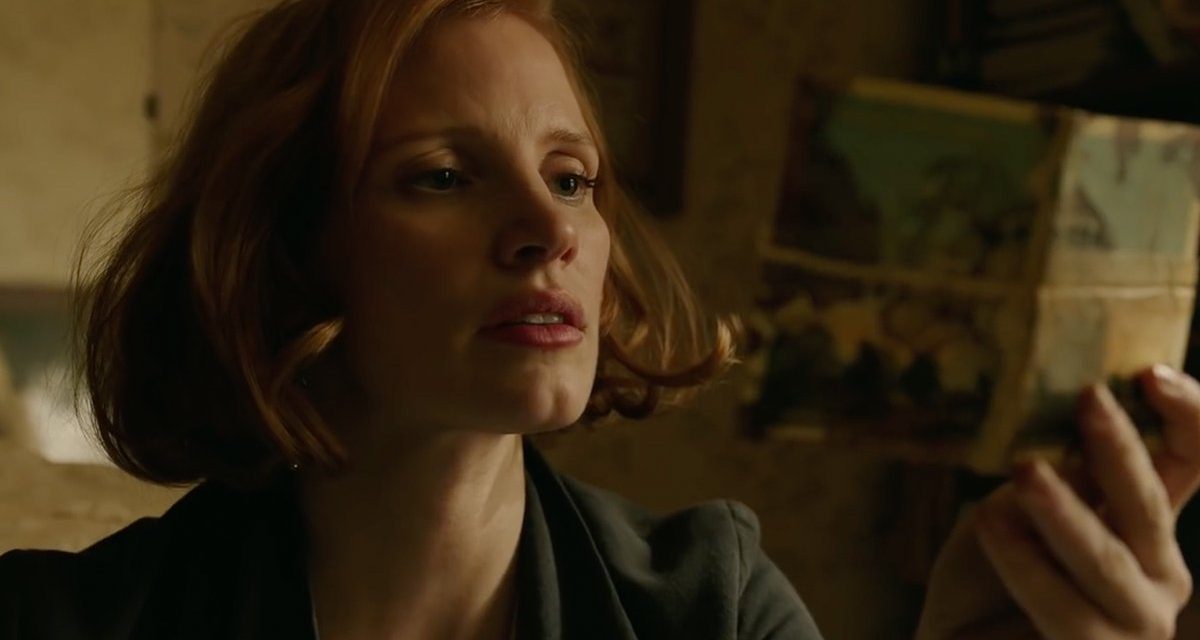
Faith behaves the same way. Belief comes easier when we’re young, but as we get older we trade light for pragmaticism, and our spiritual capacity wanes in turn. In order to become strong enough to defeat Pennywise for good, they have to, in essence, find their faith again.
A part of reconnecting with this childlike boldness is reconnecting with each other. In the 27 years that have passed, The Losers have lost all memory of their encounter with Pennywise and even of the indelible bond they formed. It isn’t until they each receive a phone call from Mike, the only one of them who never left their hometown, that they even remember the promise they made to stop Pennywise if he ever came back. With that part of their psyche forgotten, The Losers are vulnerable.
It’s with each other that they find the strength to defeat IT once and for all. And what is the light of Christ but the uninhibited love a person can feel for another? This idea is on display in the scene following their defeat of Pennywise, a confrontation in which one of their own loses his life. The Losers wash themselves of their stains in the lake in which they played together as kids, symbolic of them cleaning themselves of the traumas and fears that have weighed them down over the years. In a scene that is best described as holy, they embrace each other in the water. They’re emotionally vulnerable in a way adults in all their worldly wisdom seldom allow themselves to be, yet abounding in strength through the love they have for each other.

The “It” movies may or may not serve you well spiritually. That’s for you to decide. But I believe very much in the principle at work in these movies. Goodness naturally rises up to combat evils of the spiritual and physical world. To me, that’s not a case for seeking out evil or darkness. It’s usually already there, hiding in the storm drains. Mortality offers enough exposure to the dark side without us even inviting it. But films like these remind us that it’s the light we forget about, the light we take for granted, that we need the most.




